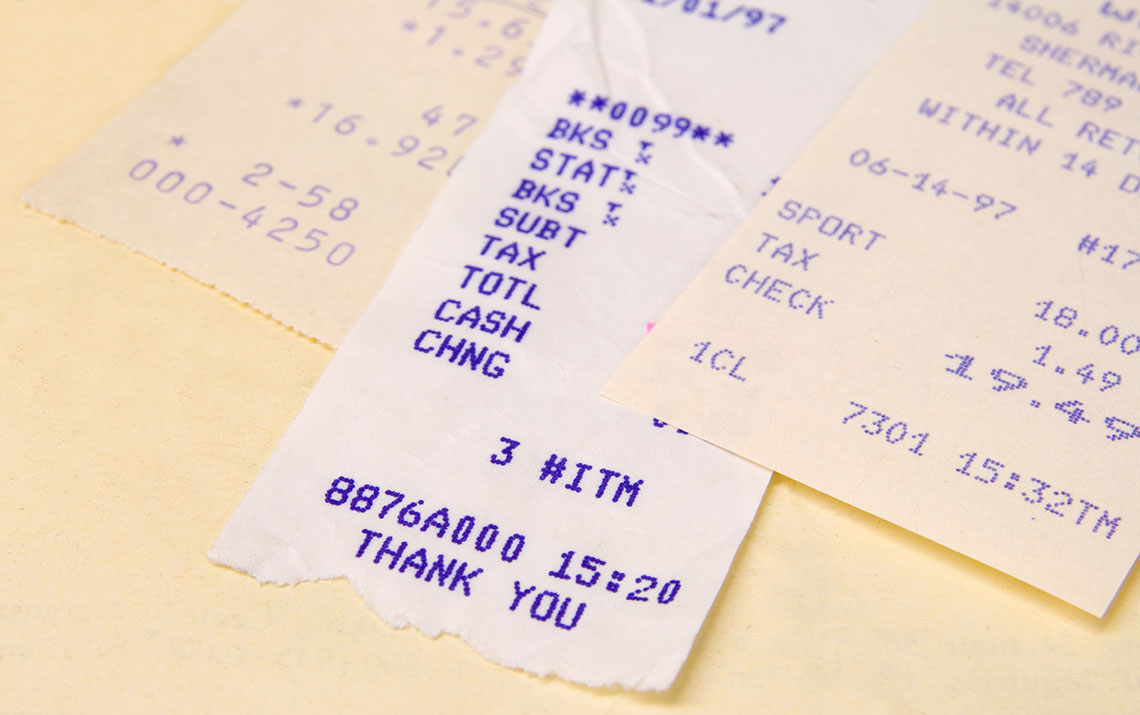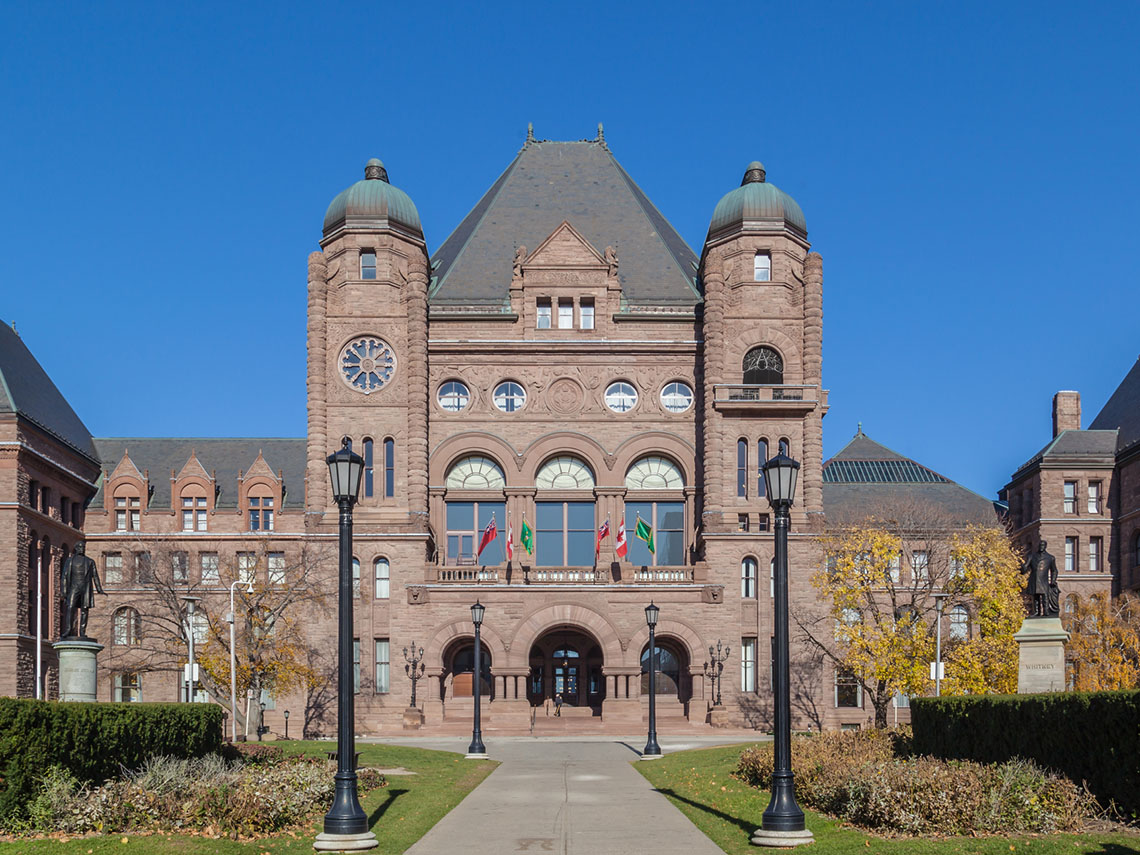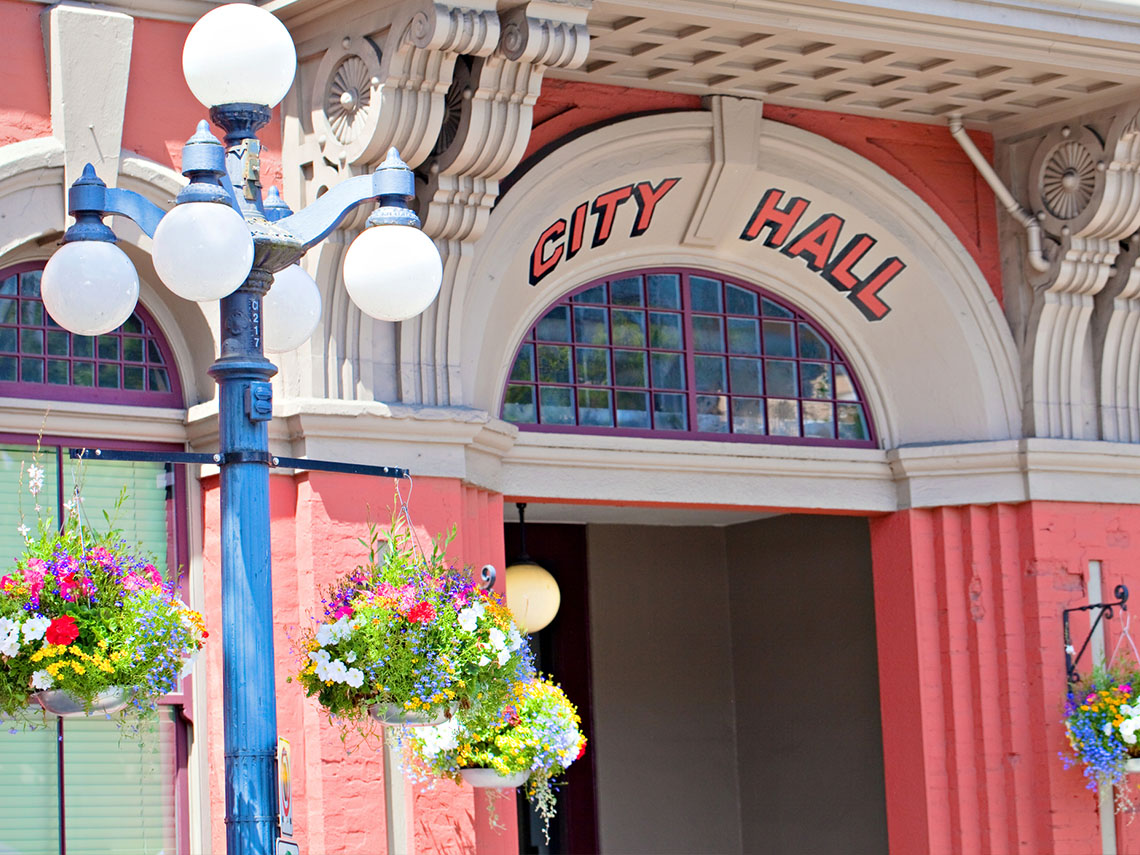Minds On
Levels of government
Below is an image that includes four different levels of government that we have in Canada. Each level is responsible for different services and responsibilities.
Student Success
Think-Pair-Share
Government services
Each level of government provides different services. For this activity, choose a question and brainstorm your ideas.
- What services do you think the Federal government might provide for the people of Canada?
- What services do you think the Provincial government might provide for the people of Ontario?
- What services do you think your Municipal government might provide for the people of your community?
- What services do you think a Band Council would provide for their Indigenous community members?
Note to teachers: See your teacher guide for collaboration tools, ideas and suggestions.
Action
Task 1: Definitions
Based on the work that we did in the Minds On section, we know that each level of government has its own roles and responsibilities. Collectively, each group works with the other levels of government to achieve the common good for its citizens. Were you able to brainstorm any of these roles and responsibilities?

Where do governments get the money to fund all these goods and services? Taxes are ways that the government can collect money from its citizens to pay for things the people need. In this learning activity, we will explore three types of taxes.
Consider the following scenarios:
Income tax: A high school student gets hired for their first part time job. They are making $14.00 an hour, and they are working 10 hours a week after school. This means they make $140 every week!
However, their first paycheck will not be $140.00. The federal and provincial governments collect taxes from the amount of money someone earns, which is referred to as a person’s income. The amount of money collected through income tax depends on how much someone earns every year.
Let’s try a few examples:
|
Hourly rate |
10 hours a week (income for the week) |
Income tax rate 5% or looks like 0.05 |
Total take home income. income - (income × tax rate) = total |
|
$14.00 |
|
|
|
|
$16.00 |
|
|
|
Sales tax: Now that the student has money to spend, they want to go to their local store to buy something, which costs $10.00. They arrive at the cashier, and the total bill is $11.13. Where did the extra $1.13 come from? The student is required to pay harmonized sales tax (HST) on goods and services. The HST for Ontario is calculated adding the tax rate for Ontario (8%) to another amount of tax that is determined by a Canadian rate (5%). These two amounts add together to make a total of 13% sales tax.

This kind of tax is based on the value of real estate property a person owns. Real estate is property you can live in that does not move. This tax is paid to local governments and is used to pay for city services.
Task 2: T-Chart activity
Let’s explore how these three types of taxes help fund goods and services for each level of government. Discuss if each service belongs at the local level (the city, town or district you live in), provincial level (the province you live in), or federal level (the whole country, Canada).
Complete the Services Funding Chart in your notebook or using the following fillable and printable document. You may use the word box to help you.
|
Municipal Responsibilities (Property Tax help fund these services) |
Band Council Responsibilities (Sale and income taxes help fund these services) |
Provincial Responsibilities (Sale and income taxes help fund these services) |
Federal Responsibilities (Sale and income taxes help fund these services) |
|
|
|
|
|
| Banking | Shipping | Railways | |
| Pipelines | Telephones | Criminal Law | Foreign Affairs |
| RCMP | National Defence | Education | Indigenous lands/rights |
| Healthcare | Provincial Police | Road regulations | Parks |
| Parking | Libraries | Roadways | Local Police |
| Local Land Use | Fire Protection | Public Transportation | Community Water System |
Press the ‘Activity’ button to access the Services Funding Chart.
Explore some of the highlighted services that are divided between Canada’s three levels of government and Indigenous Band Councils here:
Press the ‘Hint’ button to see how the services are divided by the levels of government.
|
Federal Government |
Provincial Government |
Municipal Government |
Band Council |
|
National defence Money and banking Post office Railways Criminal law Aboriginal Land and Rights Shipping of goods Federal taxes |
Hospitals Prison Education Marriage Property rights Civil rights Provincial taxes |
City parks Public transit Garbage and recycling Fire prevention City roads and sidewalks Licencing of pets Property taxes |
Governance Education Band schools Housing Water and sewage Roads Community businesses |
Student Success
Think-Pair-Share
Reflect on this activity. Here are some example sentence starters that you can use:
I was really surprised by...
I learned...
I was not surprised to learn...
I wonder...
Note to teachers: See your teacher guide for collaboration tools, ideas and suggestions.
Consolidation
Journal
Interview a family member or a trusted adult such as a teacher. Ask if they can demonstrate an example of one or all three types of taxes: income tax, sales tax, and property tax. This might be in the form of a receipt, a computer image, or another way to represent each type of tax.
Summarize the items you found in a paragraph, an audio recording, an image, or a method of your choice. In your summary, be sure to describe how the government uses the money collected from taxes to pay for common goods and services.
Reflection
As you read through these descriptions, which sentence best describes how you are feeling about your understanding of this learning activity? Press the button that is beside this sentence.
I feel...
Now, record your ideas using a voice recorder, speech-to-text, or writing tool.
Connect with a TVO Mathify tutor
Think of TVO Mathify as your own personalized math coach, here to support your learning at home. Press ‘TVO Mathify’ to connect with an Ontario Certified Teacher math tutor of your choice. You will need a TVO Mathify login to access this resource.
TVO Mathify (Opens in a new tab)


